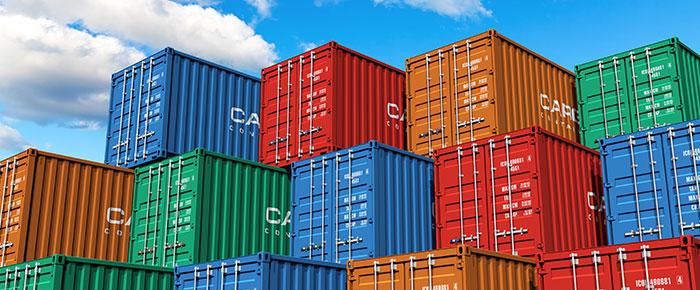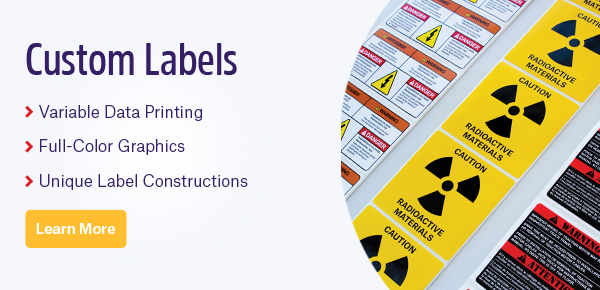 Returnable assets, like crates, pallets, containers, and other delivery tools, are integral to any business that ships goods. Though these assets don’t directly represent any meaningful revenue, they act as indispensable tools that help generate profits, and their loss can be catastrophic to any business that depends on shipping. Therefore, these assets must be comprehensively identified. Below, we’ve highlighted several advantages of using RFID tags and labels to do so, based on the special capabilities of RFID, such as the ability to scan multiple items without a direct line-of-sight simultaneously.
Returnable assets, like crates, pallets, containers, and other delivery tools, are integral to any business that ships goods. Though these assets don’t directly represent any meaningful revenue, they act as indispensable tools that help generate profits, and their loss can be catastrophic to any business that depends on shipping. Therefore, these assets must be comprehensively identified. Below, we’ve highlighted several advantages of using RFID tags and labels to do so, based on the special capabilities of RFID, such as the ability to scan multiple items without a direct line-of-sight simultaneously.
Reduce costs
Upon delivery, it’s common for reusable assets to not be returned to the sender. These misplaced assets represent billions of dollars in losses, as new delivery assets need to be purchased, and their availability is never guaranteed. It’s nearly impossible to efficiently track these assets unless they’re tagged via a dedicated identification system. While barcodes can be somewhat useful in this regard, RFID is the only method that can provide “last known location” data to verify where and when the assets were delivered. Because multiple items can be scanned simultaneously with RFID, it also provides a means of quickly assessing availability and identifying potential customers who have yet to return the assets.
Enhanced chain of evidence
When assets are lost, customers should not be depended on to find them. Instead, using an RFID system to track each asset as it leaves and returns to the warehouse allows you to determine its exact location immediately and whether they have yet to return. With barcodes, this ability to track is delayed, so it becomes impossible to assess the whereabouts of the assets in a timely manner. If customers deny having possession of them, it’s simply a matter of verifying whether they received their shipment.
Increase visibility of assets and stock
Though shipping should be an exact science, there is often less emphasis placed on tracking reusable assets compared with the sold items. However, it’s imperative to calculate the flow of returnable assets to fully understand your shipping capacity for the present and future. Running low on any of these assets can cause unexpected delays in shipping, which could mean hundreds or thousands of canceled orders. With RFID, the visibility of these assets is enhanced, such that unfilled crates or boxes can be differentiated from filled ones and tracked appropriately with the click of a button.
Speaking of differentiating filled containers from unfilled ones, RFID can also be used to ensure the correct number of items are loaded into each reusable asset, allowing users to quickly verify that all orders are complete and eliminating costly shipping errors.
Better utilization of labor
Overall, it takes much less time to scan RFID tags than barcodes. Likewise, RFID is a more attractive identification method for reusable assets because users don’t need to generate new barcodes or print new labels; they can easily re-encode the same RFID tags again and again (assuming the label or tag is long-lasting and dependable, that is). Because RFID frees up so much time, it’s easier to redirect labor to perform other necessary tasks, increasing productivity and efficiency in the warehouse.

